Premium CE Working Clothing for Construction & Welding Safety
The Critical Role of CE Working Clothing in Modern Industrial Safety
In the rapidly evolving landscape of industrial operations, safeguarding personnel against myriad occupational hazards is paramount. This necessitates the deployment of advanced Personal Protective Equipment (PPE), with CE working clothing standing at the forefront of protective solutions. Engineered to meet stringent European Union safety, health, and environmental protection requirements, CE-marked garments offer certified assurance of performance and reliability. This article delves into the technical intricacies, application versatility, and strategic advantages of modern CE working clothing, providing B2B decision-makers and technical engineers with comprehensive insights into optimal selection and deployment.
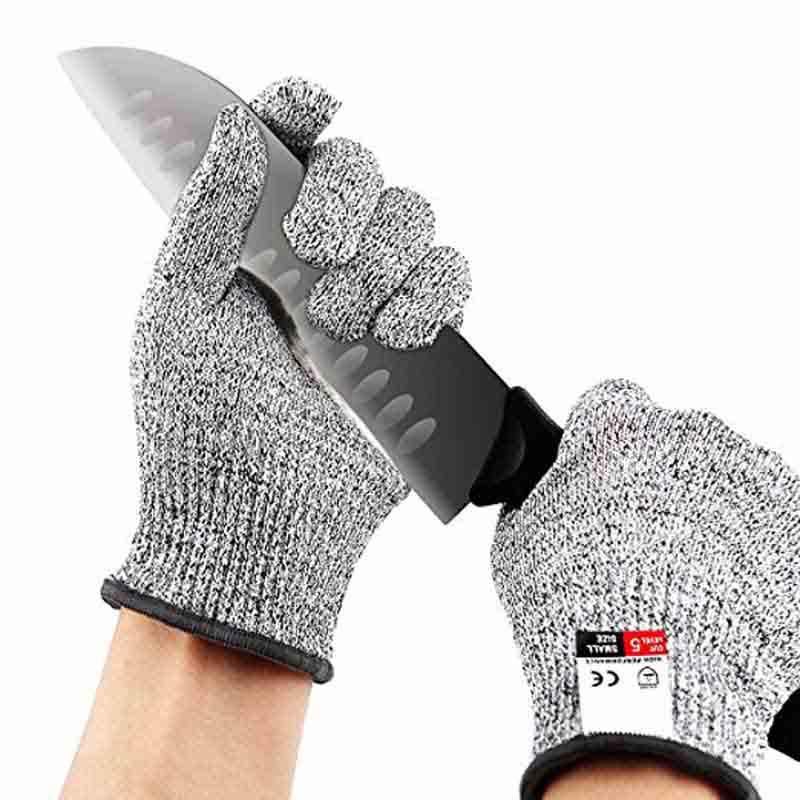
The demand for high-performance protective attire is driven by increasingly complex industrial environments, where exposure to heat, chemicals, mechanical impact, and electrical hazards is commonplace. Investing in certified PPE not only ensures regulatory compliance but fundamentally reduces accident rates, minimizes downtime, and fosters a culture of safety that enhances productivity and employee morale. Our focus here is to unpack the critical elements that define superior protective apparel, from manufacturing precision to real-world efficacy.
Industry Trends Shaping Modern Protective Apparel
The global market for protective clothing is experiencing robust growth, projected to exceed USD 11 billion by 2027, driven by heightened safety regulations and technological advancements. Key trends influencing the development of ce working clothing include:
- Smart Textiles Integration: Incorporating sensors for vital sign monitoring, environmental hazard detection, and even augmented reality displays directly into garments. This offers real-time data for proactive safety management.
- Sustainable Materials: A growing emphasis on eco-friendly fabrics, recycled content, and production processes that minimize environmental impact, without compromising protective capabilities.
- Enhanced Comfort and Ergonomics: Innovations in fabric blends and garment design that improve breathability, flexibility, and overall wearer comfort, leading to better compliance and productivity.
- Multi-Hazard Protection: Development of fabrics and designs that offer comprehensive protection against multiple risks simultaneously, such as flame resistance combined with chemical splash protection or anti-static properties.
- Digitalization in Supply Chain: Leveraging AI and IoT for demand forecasting, inventory optimization, and track-and-trace capabilities, ensuring timely delivery of specialized PPE.
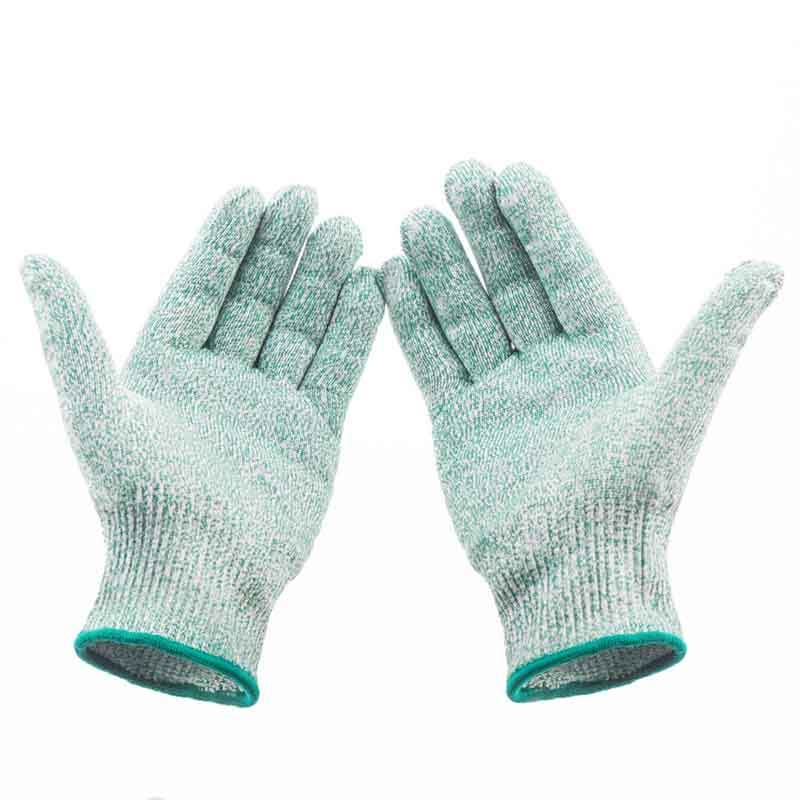
These trends reflect a paradigm shift towards more intelligent, sustainable, and user-centric protective solutions, ensuring that ce working clothing continues to meet the evolving demands of industrial safety with unparalleled effectiveness.
The Manufacturing Process of CE Working Clothing
The production of high-quality ce working clothing is a meticulous process, demanding precision at every stage to ensure compliance with rigorous CE standards. This intricate process transforms raw materials into life-saving garments.
Process Flow Overview:
-
Design and Material Selection:
This initial phase involves detailed CAD design, followed by the selection of high-performance technical fabrics. Common materials include aramid fibers (e.g., Nomex®, Kevlar®) for flame and cut resistance, modacrylic blends for inherent flame retardancy, polyester/cotton blends for comfort and durability with specialized finishes, and advanced laminates (e.g., Gore-Tex Pro® for waterproof-breathable properties, or chemical barriers like butyl rubber). Material choices are dictated by the specific hazards to be addressed, adhering to standards like EN ISO 11612 (Heat & Flame), EN 1149 (Anti-Static), EN 13034 (Chemical Protection), and EN ISO 20471 (High Visibility).
Target Industries: Petrochemical, Metallurgy, Construction, Utilities.
-
Precision Cutting and Fabrication:
Fabrics are precisely cut using automated CNC laser or blade cutting machines to ensure accuracy and minimize material waste. Specialized techniques like ultrasonic welding or thermal bonding may be used for seams in chemical protective suits to prevent permeation, in addition to robust industrial stitching (e.g., double or triple felled seams) for durability.
Technical Advantage: Enhanced seam integrity and material utilization.
-
Assembly and Component Integration:
Individual components are assembled, often involving complex multi-layer construction. This stage includes the integration of features such as reinforced stress points, specialized pockets, reflective tapes (EN ISO 20471), durable zippers, and ergonomic design elements. The use of advanced industrial sewing machines ensures consistent stitch quality and strength.

Advantages: Optimized for specific tasks, enhanced durability for rigorous use.
-
Specialized Treatments and Finishing:
Depending on the protective function, garments may undergo post-assembly treatments such as durable water repellent (DWR) coatings, anti-microbial finishes, or enhanced anti-static treatments. Processes like heat pressing for reflective elements or seam sealing for waterproof garments are also conducted.
Typical Application: Water supply & drainage industries requiring high water resistance; environments needing enhanced hygiene.
-
Quality Control and Testing Standards:
Rigorous in-process and final product testing is crucial. This includes material strength tests (tensile, tear, abrasion resistance), colorfastness, dimensional stability, and performance tests against specific hazards. For example, flame-resistant garments undergo tests like ISO 15025 (limited flame spread) and ISO 9151 (convective heat transfer). Chemical suits are tested per EN ISO 6529 (permeation). All tests must comply with relevant ISO and ANSI standards. Only products meeting these strict criteria receive CE certification.
Service Life: Varies greatly by material and usage. High-quality garments typically offer a service life of 2-5 years under normal conditions, with proper care and inspection.
-
Certification and Labeling:
Upon successful completion of all tests and documentation review by a Notified Body, the product is affixed with the CE mark, indicating conformity with European health, safety, and environmental protection standards. This mark is accompanied by relevant pictograms and standard numbers.
This methodical approach ensures that every piece of ce working clothing provides reliable and certified protection, delivering peace of mind and operational continuity for industries globally.
Technical Specifications and Performance Parameters
Understanding the key technical specifications of ce working clothing is essential for selecting appropriate PPE that genuinely mitigates risks. Below is a compilation of critical parameters, often referenced against international standards, that define the performance of protective garments.

| Parameter | Description | Typical Range/Value | Relevant Standard |
|---|---|---|---|
| Fabric Composition | Material blend (e.g., Aramid, Modacrylic, Cotton, Polyester) determining inherent properties. | Nomex IIIA, Proban Cotton, Gore-Tex Laminates | ISO 1833 (Textile composition) |
| Fabric Weight | Mass per unit area, impacting durability and comfort. | 180 - 350 gsm (grams per square meter) | ISO 3801 |
| Tensile Strength | Resistance to breaking under tension. | >500 N (Warp/Weft) | ISO 13934-1 |
| Tear Resistance | Resistance to propagation of a tear. | >25 N (Warp/Weft) | ISO 13937-2 |
| Limited Flame Spread (LOI) | Oxygen required to sustain combustion (Limiting Oxygen Index). | >28% for inherent FR; compliant with EN ISO 11612 A1, A2 | ISO 4589-2, EN ISO 11612 |
| Thermal Resistance (Rct) | Resistance to heat flow, indicating insulation properties. | 0.2 - 0.5 (m².K)/W (Class 1-3) | ISO 11092, EN 342 |
| Chemical Permeation | Time taken for a chemical to pass through the fabric. | Breakthrough time >480 min for specific chemicals (Class 6) | EN ISO 6529, EN 13034 |
| Surface Resistivity | Measure of resistance to static charge build-up. | Typically | EN 1149-5 |
| Water Column Rating | Resistance to water penetration under pressure. | >10,000 mm (Waterproof) | EN 343 |
These parameters are not merely numbers; they represent the scientific backing for the protective capabilities of industrial garments, crucial for mitigating risks across diverse operational environments.
Versatile Application Scenarios
The utility of specialized ce working clothing extends across a multitude of industries, each with unique hazards requiring tailored protective solutions. Its adaptability makes it indispensable for worker safety.
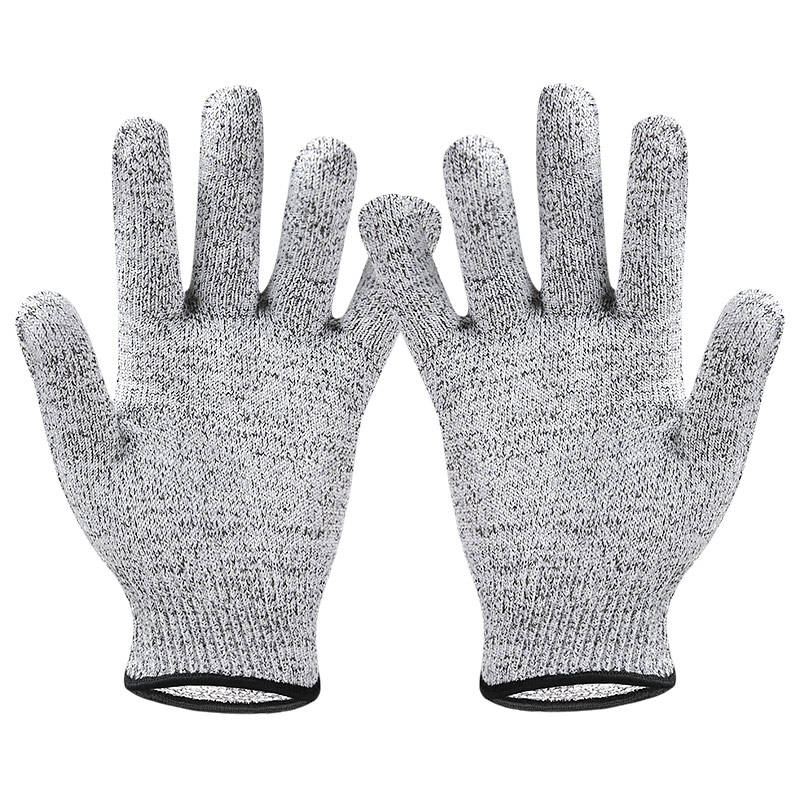
- Petrochemical and Oil & Gas: Workers in these sectors face risks from flash fires, chemical splashes, and static discharge. Flame-resistant (FR) and anti-static garments (EN ISO 11612, EN 1149-5) are critical, often combined with high-visibility features for low-light conditions.
- Metallurgy and Foundry Operations: Extreme heat, molten metal splashes, and radiant heat are prevalent. Specialized protective suits offering high levels of radiant heat protection (EN ISO 11612) and molten metal splash resistance (D3, E3 levels) are essential.
- Woodworking and Forestry: While not typically high-heat, these environments present risks from cuts, abrasions, and splintering. Durable, tear-resistant clothing is crucial, often complemented by protective accessories like a woodworking safety helmet with face shield and hearing protection.
- Construction and Infrastructure: This sector demands robust protection against mechanical hazards, weather elements, and poor visibility. Durable working clothing construction often incorporates high-visibility materials (EN ISO 20471), waterproof/breathable membranes (EN 343), and cut-resistant panels.
- Welding and Fabrication: Intense heat, sparks, slag, and UV radiation are constant threats. Specialized welding clothing (EN ISO 11611) made from flame-resistant materials like treated cotton or leather offers protection against these specific hazards, often with reinforced areas for prolonged kneeling or leaning.
- Chemical Processing and Laboratories: Protection against chemical splashes, aerosols, and permeation is critical. Type 3, 4, 5, or 6 chemical protective suits (EN 14605, EN 13982-1, EN 13034) are deployed, selected based on the specific chemicals and exposure levels.
In each scenario, the careful selection of certified protective garments ensures that workers are adequately shielded, minimizing the risk of injury and enabling safer, more efficient operations.
Technical Advantages and ROI of Premium CE Working Clothing
Investing in premium ce working clothing offers significant technical and economic advantages beyond mere compliance. These benefits contribute to a superior safety record and a healthier bottom line for businesses.
- Enhanced Multi-Hazard Protection: Modern garments are engineered with advanced fabric technologies to provide simultaneous protection against multiple threats, such as flame, arc flash, chemical splash, and mechanical abrasion. This reduces the need for multiple layers of PPE, improving comfort and mobility.
- Superior Durability and Longevity: High-quality materials and reinforced construction lead to significantly extended garment lifespan. While initial costs might be higher, the reduced frequency of replacement results in lower total cost of ownership (TCO) and less waste.
- Optimized Comfort and Ergonomics: Advanced designs incorporate features like articulated knees, stretch panels, and moisture-wicking linings. This improves worker comfort, reducing fatigue and heat stress, particularly in demanding physical roles. Comfortable PPE is worn consistently, drastically increasing its effectiveness.
- Improved Energy Efficiency: For thermal protective wear, innovative insulation materials (e.g., aerogels, advanced microfibers) provide superior thermal barriers with less bulk. This can lead to energy saving for the wearer by reducing the physiological effort to maintain body temperature in extreme conditions. Similarly, high-performance breathable fabrics reduce the need for constant changing or removing PPE due to discomfort.
- Excellent Corrosion Resistance: For chemical protective suits, specialized polymer coatings and sealed seams offer exceptional resistance to corrosive chemicals, preventing exposure and potential injuries. This is critical in industries such as chemical manufacturing and waste management, where chemical contact could be devastating.
- Reduced Injury Rates: The primary advantage. By providing reliable protection, advanced CE working clothing directly contributes to fewer workplace accidents, injuries, and fatalities. This translates into fewer lost workdays, reduced medical costs, lower insurance premiums, and preserved human capital.

The Return on Investment (ROI) from high-grade protective clothing is quantifiable through reduced accident-related costs, enhanced worker productivity, and improved corporate reputation. Companies committed to safety see a direct correlation between investment in quality PPE and overall operational excellence.
Vendor Comparison: Selecting the Right Clothing Manufacturers
Choosing the right clothing manufacturers for your industrial protective apparel is a strategic decision that impacts safety, compliance, and budget. A thorough comparison is crucial.
| Feature | Manufacturer A (Premium) | Manufacturer B (Mid-Range) | Manufacturer C (Value) |
|---|---|---|---|
| Primary Materials | Proprietary Aramid blends, GORE-TEX, high-end Modacrylic | FR Treated Cotton, Polyester/Cotton blends, PU Coated fabrics | Standard Polyester/Cotton, PVC-coated fabrics |
| Certifications | ISO 9001, Oeko-Tex, extensive EN/NFPA standards (e.g., EN ISO 11612, EN 1149, EN 61482-1-2) | Core EN standards (e.g., EN ISO 11612, EN 343) | Basic EN standards (e.g., EN ISO 20471, EN 343) |
| Customization Options | Extensive (colors, fit, features, logos, smart tech integration) | Moderate (logos, basic color changes, minor feature mods) | Limited (stock sizes, basic logo embroidery) |
| Warranty & Support | 3-5 years, full technical support, on-site training | 1-2 years, online/phone support | 6 months, basic online support |
| Typical Price Range (per garment) | $150 - $800+ | $75 - $250 | $30 - $100 |
| Lead Time (Standard) | 4-8 weeks | 2-4 weeks | 1-2 weeks |
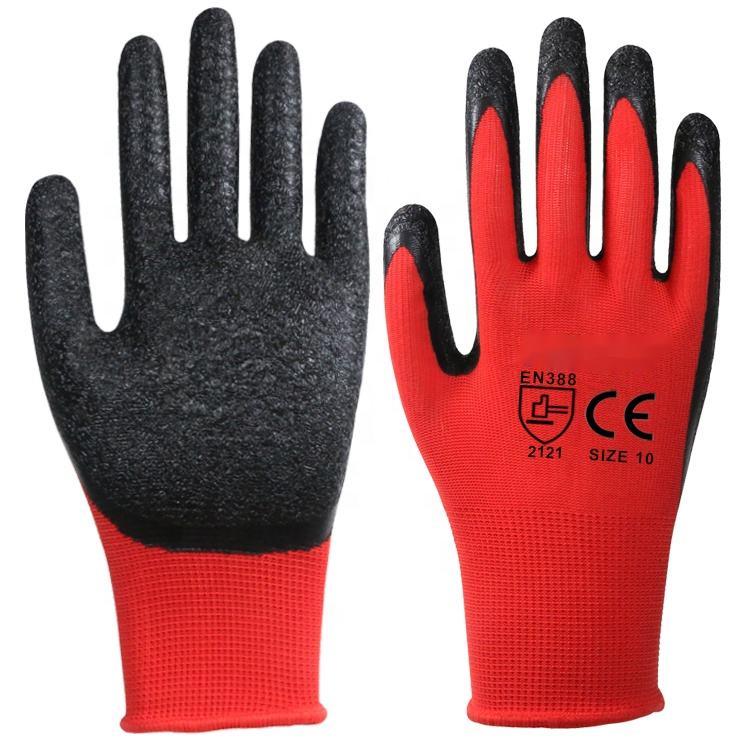
When evaluating vendors, consider not just the upfront cost but also the long-term value, including garment lifespan, comfort (which affects worker compliance), and the level of technical support and customization offered. Premium providers, while more expensive, often offer significantly better ROI through reduced incidents and prolonged garment utility.
Customized Solutions for Specific Needs
Recognizing that no two industrial environments are identical, leading providers of ce working clothing offer extensive customization options. This ensures that PPE is not only protective but also perfectly adapted to the unique operational requirements and corporate branding of each client.
- Material Blends: Tailoring fabric compositions to balance protection, comfort, and durability for specific hazard profiles (e.g., combining inherent FR with enhanced chemical splash resistance).
- Ergonomic Fit & Design: Custom sizing, gender-specific designs, and strategic placement of stretch panels or ventilation zones to improve mobility and reduce heat stress for specific tasks.
- Functional Features: Adding specialized pockets for tools, communication devices, or emergency equipment; integrating knee pad pockets; modifying closure systems (e.g., Velcro vs. zippers for specific contamination risks).
- Branding & Aesthetics: Incorporating company logos, specific color schemes, and reflective tape configurations that align with corporate identity while maintaining certified performance.
- Integrated Smart Technologies: For forward-thinking enterprises, customization can extend to integrating RFID tags for inventory management, embedded sensors for environmental monitoring, or biometric tracking for lone workers.
Collaborating with experienced `clothing manufacturers` for bespoke solutions ensures optimal safety performance and enhances wearer acceptance, making PPE an integral part of an efficient workflow rather than a perceived hindrance.
Application Case Studies
Real-world application demonstrates the tangible benefits of deploying advanced ce working clothing. Here are illustrative case studies:
Case Study 1: Petrochemical Plant - Enhanced Flash Fire Protection
A major petrochemical facility in the Middle East faced challenges with worker comfort and durability of their existing FR clothing in extreme heat. They transitioned to a specialized aramid-blend ce working clothing system. This system featured advanced moisture-wicking properties and an ergonomic design for improved heat stress management, alongside compliance with EN ISO 11612 (A1, B1, C1, F1) and EN 1149-5. Over two years, the plant reported a 15% reduction in heat-related illnesses and a 30% increase in garment lifespan, leading to a significant reduction in replacement costs and a marked improvement in worker satisfaction and productivity. The plant proudly highlights its partnership with certified `clothing manufacturers` who provided rigorous testing data and a comprehensive training program.
Case Study 2: European Construction Firm - Multi-Hazard Comfort
A large-scale infrastructure project in Northern Europe required construction workers to operate in varying weather conditions and environments with multiple hazards, including light chemical splashes, rain, and reduced visibility. The firm adopted multi-norm working clothing construction compliant with EN ISO 20471 (Class 3), EN 343 (3,3), and EN 13034 (Type 6). The garments were designed with a lightweight, breathable, yet highly durable laminate fabric. Post-implementation, the company observed a 20% decrease in minor injuries related to weather exposure and chemical contact, and a significant improvement in worker morale, attributed to the comfort and versatility of the protective apparel. This strategic choice also minimized the need for workers to layer multiple non-compatible protective items.
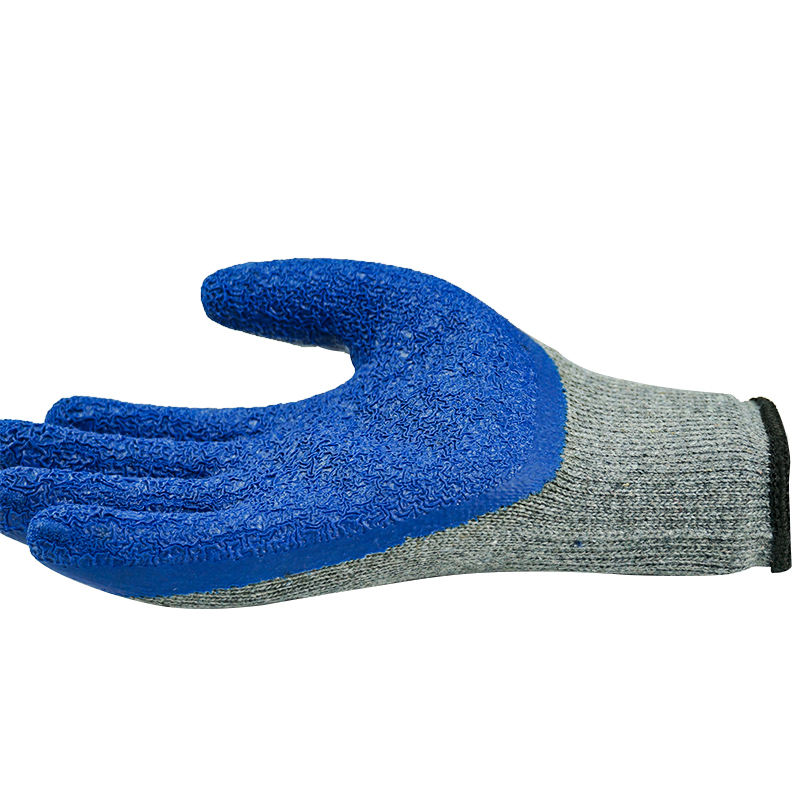
Case Study 3: Advanced Manufacturing - Arc Flash Protection
An automotive manufacturing plant, dealing with high-voltage electrical systems, sought to upgrade its arc flash protective gear. Their previous solution was bulky and uncomfortable. They invested in next-generation welding clothing designed for arc flash protection (EN 61482-1-2 Class 2, ATPV 12 cal/cm²). The new garments utilized lighter, inherently flame-resistant fabrics that offered a higher level of protection with greater mobility. This resulted in zero arc-flash related injuries over three years (compared to previous minor incidents) and overwhelmingly positive feedback from electricians regarding comfort and range of motion, which directly impacted task efficiency and adherence to safety protocols.
Frequently Asked Questions (FAQ)
- Q: What does CE marking signify for working clothing?
- A: The CE mark on working clothing indicates that the product complies with the essential health and safety requirements of relevant European Union directives, specifically the Personal Protective Equipment (PPE) Regulation (EU) 2016/425. It assures that the garment has undergone conformity assessment procedures, including rigorous testing by a Notified Body, making it safe for sale and use within the European Economic Area.
- Q: How often should ce working clothing be replaced?
- A: The replacement frequency depends on several factors: the garment's material, the intensity of use, the environment (e.g., exposure to harsh chemicals or extreme temperatures), and the manufacturer's recommendations. Regular inspections are critical. Any signs of wear, tear, damage, or degradation of protective properties (e.g., loss of FR finish, torn seams) necessitate immediate replacement. Generally, high-performance protective clothing has a recommended lifespan of 2-5 years, but this can be significantly shorter in high-abrasion or high-exposure environments.
- Q: What are the best practices for maintaining CE working clothing?
- A: Proper maintenance is crucial for preserving the protective qualities and extending the service life of industrial garments. Always follow the manufacturer's washing and care instructions, which are typically found on the garment label. Avoid using harsh detergents, bleach, or fabric softeners unless explicitly permitted, as these can degrade flame-retardant properties or waterproof coatings. Store garments in a clean, dry, and well-ventilated area away from direct sunlight or chemicals. Regular inspections before and after each use are also vital.
- Q: Can protective clothing be customized for specific team requirements?
- A: Yes, many leading manufacturers offer extensive customization services. This can include specific fabric blends, specialized pocket configurations, integration of company logos, adjustment of reflective striping patterns, custom sizing, and even specialized functional additions like tool loops or integrated communication channels. Customization ensures optimal fit, functionality, and brand consistency, provided that such modifications do not compromise the garment's CE certification and protective performance.
Lead Time, Warranty, and Customer Support
Lead Time and Fulfillment
For standard stock items of CE working clothing, typical lead times range from 1-2 weeks, depending on order volume and destination. Customized orders or items requiring specialized manufacturing processes generally have lead times of 4-8 weeks, to account for design approval, material sourcing, production, and quality control. We maintain robust inventory management systems and a global logistics network to ensure efficient fulfillment and on-time delivery, even for large-scale industrial deployments.
Warranty Commitments
Our CE working clothing products are backed by a comprehensive warranty, typically ranging from 12 to 36 months from the date of purchase. This warranty covers manufacturing defects in materials and workmanship under normal use and service conditions. Specific warranty details vary by product type and are clearly outlined in the product documentation. We stand by the quality and performance of our PPE, ensuring peace of mind for our clients.
Dedicated Customer Support
We provide extensive customer support to ensure optimal product selection, deployment, and ongoing use. Our dedicated team of technical specialists is available via phone, email, and a secure online portal to assist with product inquiries, technical specifications, order tracking, and troubleshooting. We also offer on-site consultations and training programs for your safety officers and end-users, ensuring that your team is fully equipped with the knowledge to maximize the protective benefits and lifespan of their ce working clothing.
References
- European Parliament and Council. (2016). Regulation (EU) 2016/425 on personal protective equipment. Official Journal of the European Union.
- International Organization for Standardization (ISO). (Various). ISO Standards for Protective Clothing. Geneva, Switzerland: ISO.
- National Fire Protection Association (NFPA). (Various). NFPA Standards for Protective Apparel. Quincy, MA: NFPA.
- European Committee for Standardization (CEN). (Various). EN Standards for Protective Clothing. Brussels, Belgium: CEN.
- Occupational Safety and Health Administration (OSHA). (Various). PPE Standards and Guidance. Washington, D.C.: U.S. Department of Labor.
-
Safety Helmet for Toddler: Protecting Little Explorers Worldwide
NewsNov.25,2025
-
Essential Guide to Safety Helmets for the Oil and Gas Industry
NewsNov.24,2025
-
Essential Guide to Safety Helmet for Baby – Protect Little Explorers with Confidence
NewsNov.24,2025
-
Comprehensive Guide to Safety Helmet Factory – Global Insights & Innovations
NewsNov.23,2025
-
Rockman Safety Helmet: Ultimate Industrial Head Protection Guide
NewsNov.23,2025
-
Race Safety Helmet – Essential Protection for Motorsport Champions
NewsNov.22,2025
